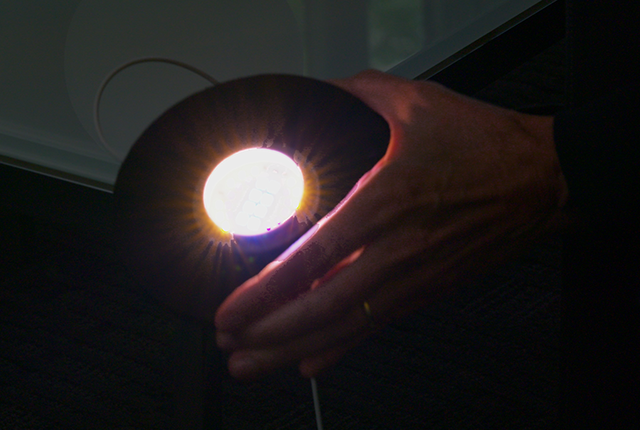- Discovery Brings Science Fiction Closer to Science Fac
May 23, 2024
NEW YORK–(Highpoint Digest)– On May 07, 2023, Applied Physics®, a multidisciplinary group of international scientists, published a milestone study in the prestigious Classical and Quantum Gravity journal, presenting a new solution to one of the long-standing challenges in realizing warp drive technology – a concept popularized by science fiction, now inching towards scientific feasibility.
Applied Physics®, a multidisciplinary group of international scientists, published a milestone study in the prestigious Classical and Quantum Gravity journal, presenting a new solution to one of the long-standing challenges in realizing warp drive technology – a concept popularized by science fiction, now inching towards scientific feasibility.
“We’re continuing to make steady progress as humanity embarks on the Warp Age
Traditionally, warp drives have been synonymous with faster-than-light travel in popular culture, as seen in an array of films, television shows, and novels. In 1994, physicist Miguel Alcubierre released a model for how a warp drive might function in real life, though the model required “exotic” negative energy. However, scientists have long considered this problematic, as the form of energy has never been conclusively observed and conflicts with known properties of matter.
In this new study, Applied Physics researchers have identified a new way in which warp technology might one day be possible. The team introduced the concept of a “constant-velocity subluminal warp drive” aligned with the principles of relativity. The new model eliminates the need for exotic energy, using instead a sophisticated blend of traditional and novel gravitational techniques to create a warp bubble that can transport objects at high speeds within the bounds of known physics.
“This study changes the conversation about warp drives,” said lead author Dr. Fuchs. “By demonstrating a first-of-its-kind model, we’ve shown that warp drives might not be relegated to science fiction.”
The team’s groundbreaking theoretical model for a new type of warp bubble uses traditional and innovative gravitational techniques, made possible with their publicly available tool Warp Factory. This solution enables the transportation of objects at high but subluminal speeds without the need for exotic energy sources (i.e. space travel just below the speed of light). This can be achieved by engineering warp drive spacetimes to gravitate like ordinary matter – a first-of-its-kind solution.
“Although such a design would still require a considerable amount of energy, it demonstrates that warp effects can be achieved without exotic forms of matter,” added Dr. Christopher Helmerich, co-author of the study. “These findings pave the way for future reductions in warp drive energy requirements.”
Unlike in planes or rockets, passengers in a warp craft experience no g-forces. This is a stark contrast to some sci-fi fantasies, as it seems that Ludicrous to Plaid accelerations will only be noticeable in your Tesla. The team’s research shows how we might construct such a craft using regular matter.
“While we’re not yet packing for interstellar voyages, this achievement heralds a new era of possibilities,” explained Gianni Martire, CEO of Applied Physics. “We’re continuing to make steady progress as humanity embarks on the Warp Age.”
The team at Applied Physics is now focused on addressing these challenges as they continue to refine their models and collaborate across disciplines and institutions to turn this once-fantastical dream into reality.
Source: Applied Physics®
Image and video courtesy of Applied Physics®



